The first half of the 19th-century was a tipping point for British imperial presence in the Indian subcontinent. No longer preoccupied with the chase of conquest, the focus had moved to colonial rule.
This led to the opportunity for increased geographical and cultural exploration, and with it scope for understanding the diverse landscapes, languages, buildings and religions of India in greater depth.
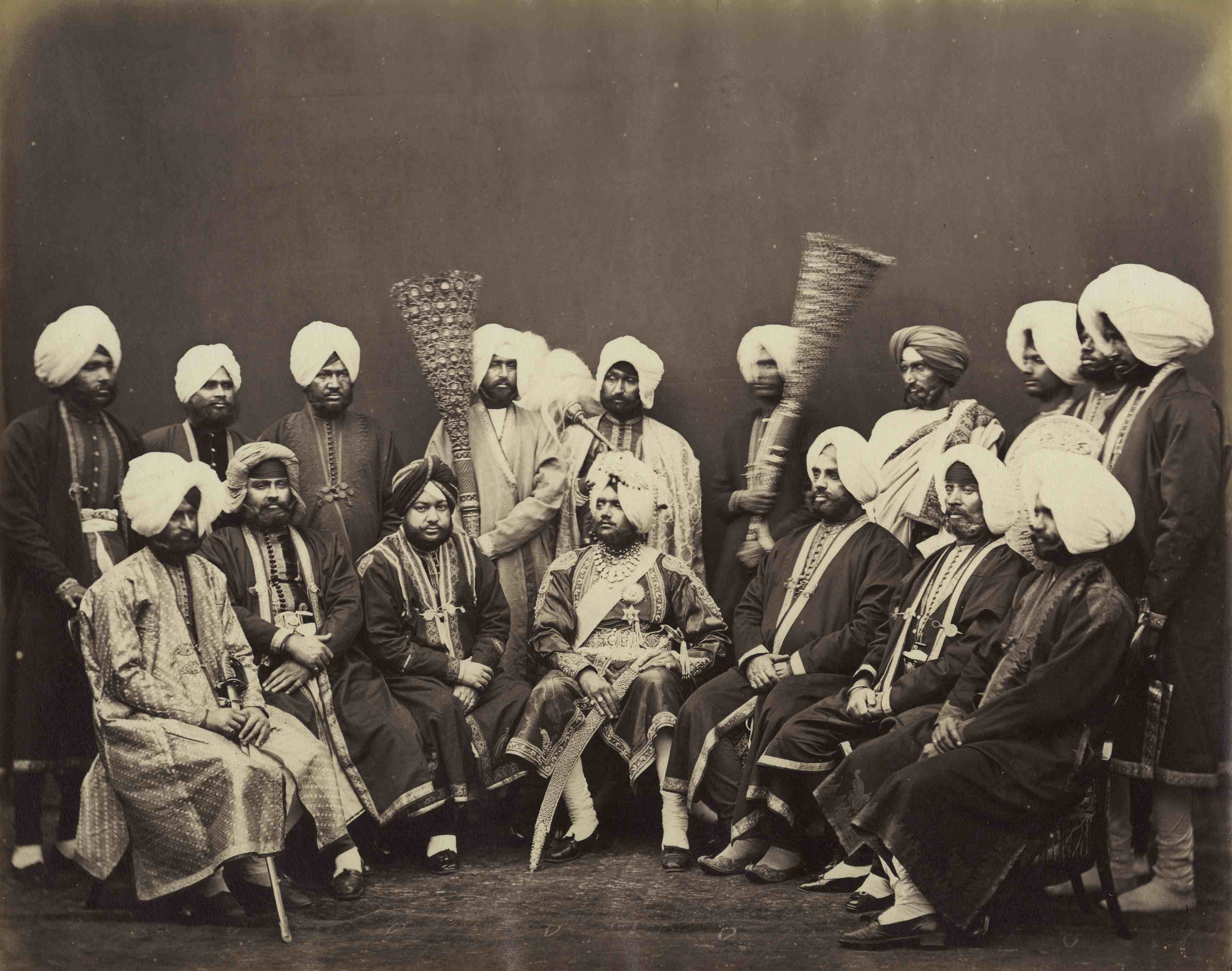
“The journey is what ties these photographers together,” Bubbar says. “Tripe, Murray and Bourne…the greatest British photographers working out of India in the 19th century.”
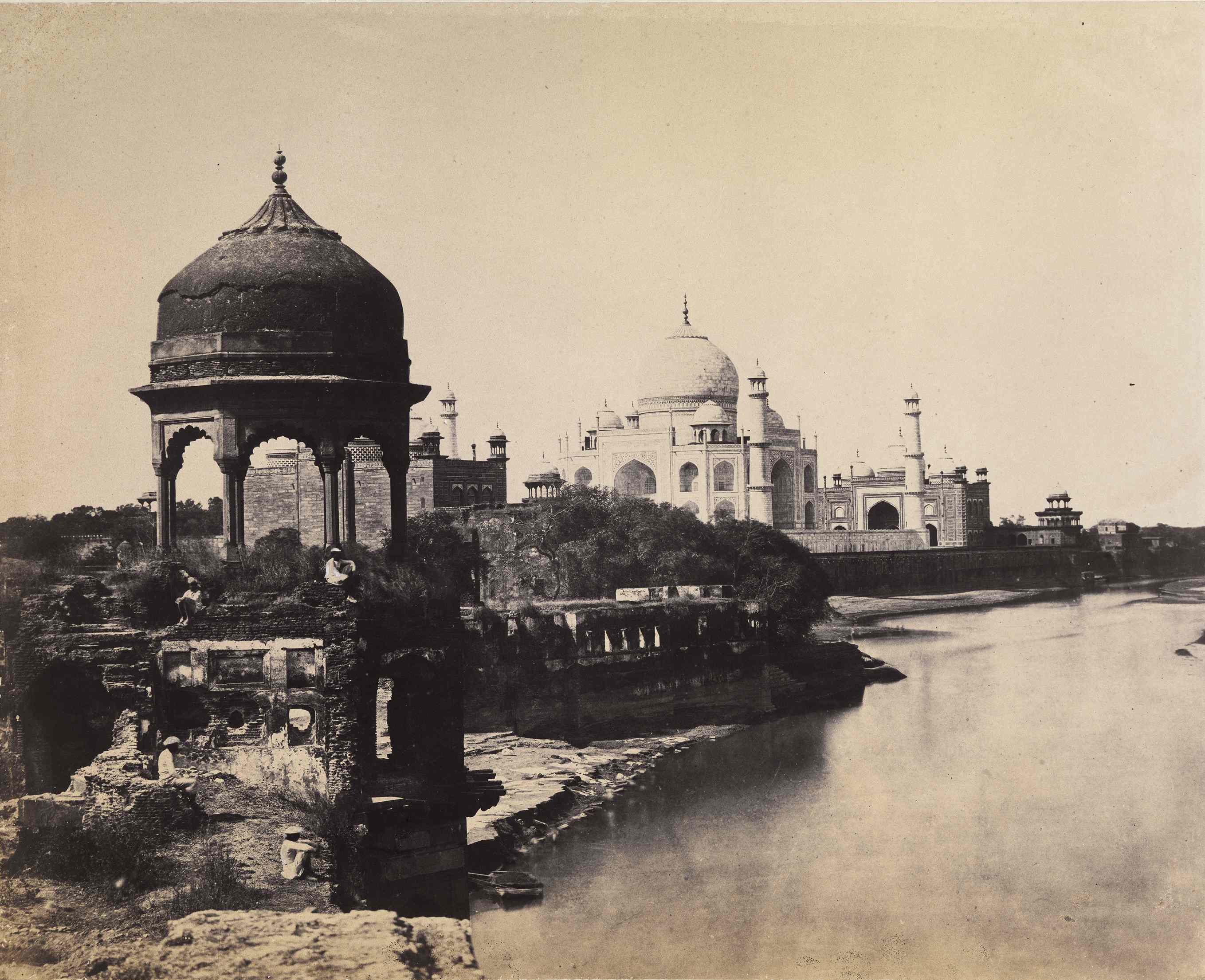
“Can you imagine? It’s forty degrees, it’s raining, you’re up in the mountains. You would be carrying chemicals, tents, papers, bulky cameras. Paper negatives had to be processed on the spot,” Bubbar says.
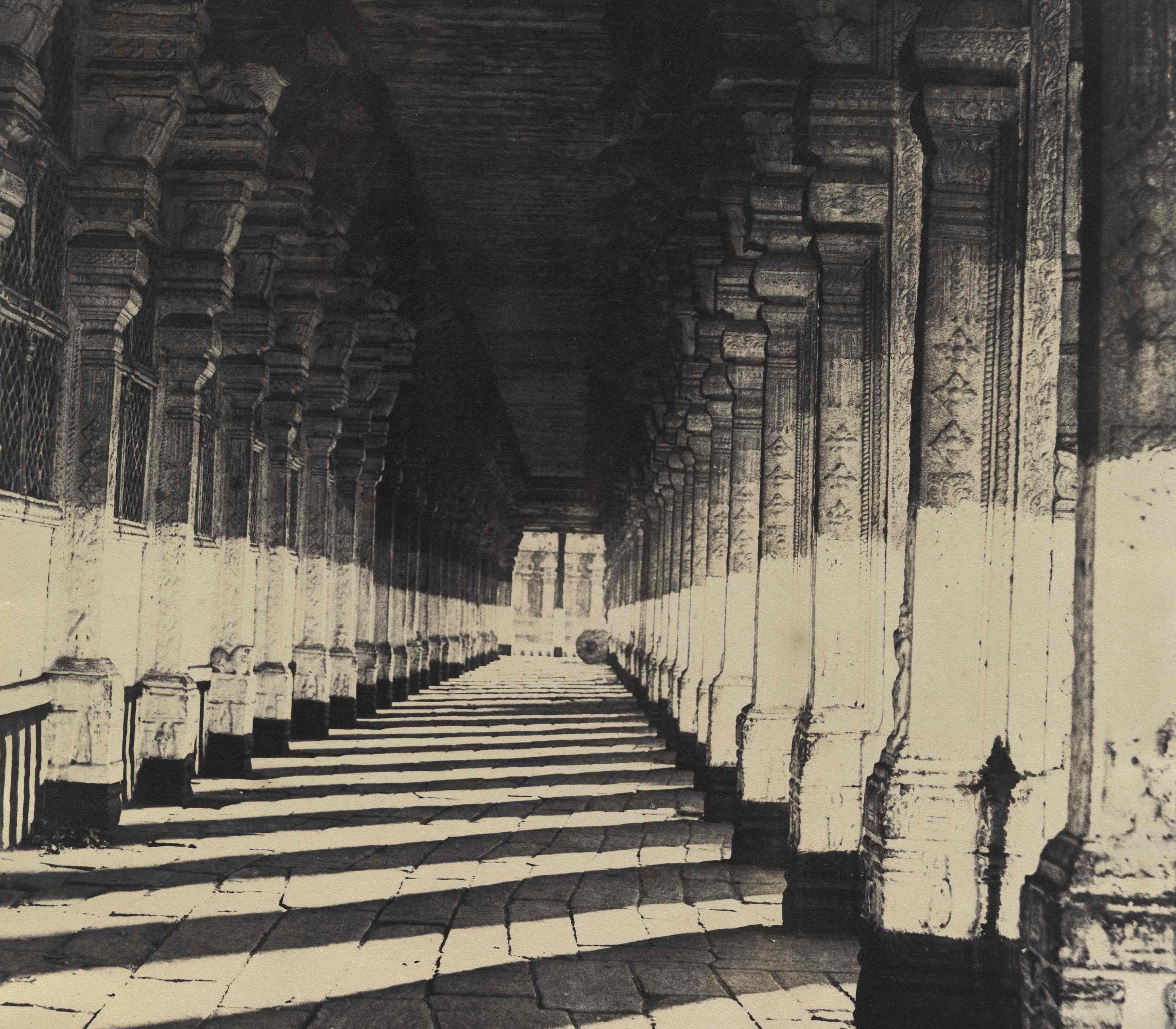
Linnaeus Tripe, having trained in the military, became the official photographer of the British authorities from 1854-1860, achieving a short yet productive career in a decade stained by the blood of suppressed political uprisings. He was commissioned to document the unrest as the colonial grip tightened, and the establishment felt a creeping responsibility to study and preserve the ancient civilisation they controlled.
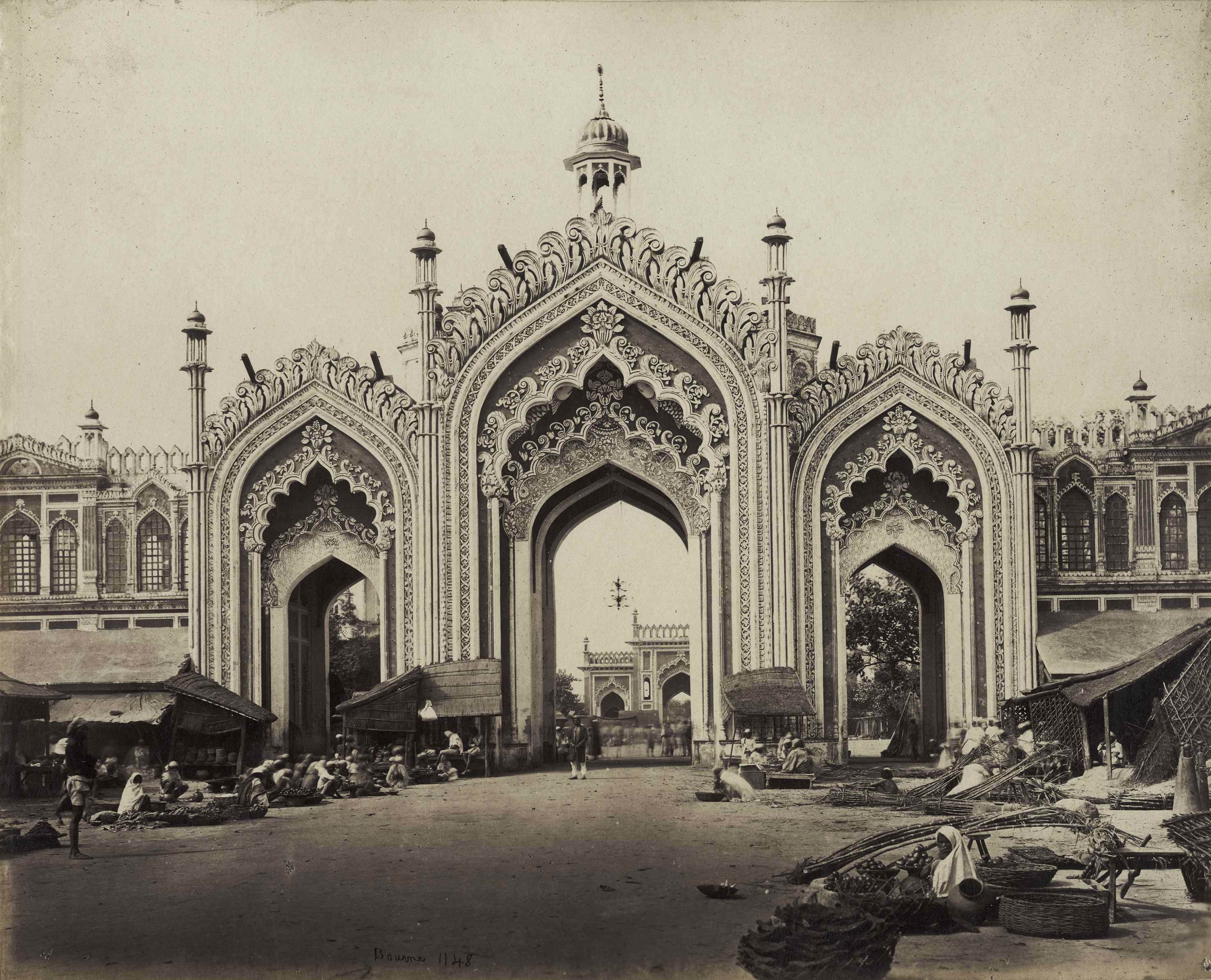
In a different vein, building a humble artistic profile that remained under the photography-world’s radar until fairly recently, Dr John Murray initially spent years living with his family as a surgeon in Bengal. He began travelling in Northern India as an amateur photographer, between 1849-1865.
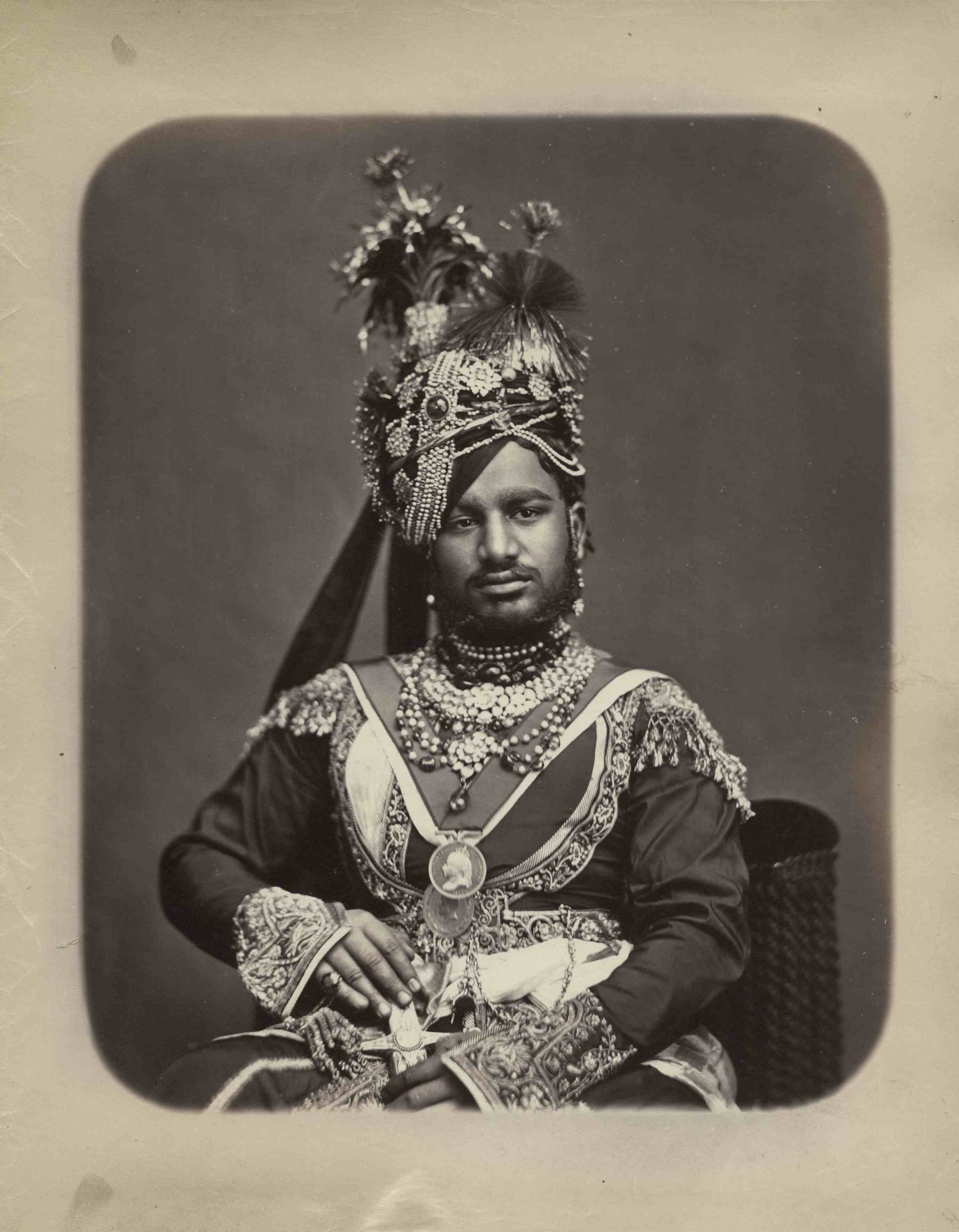
Murray was especially fascinated with Mughal architecture, often taking shots from different angles to explore the effects of light and shadow, and build a cumulative picture of grand Indian structures.
The best example of this professional quirk can be seen in his carefully positioned images of the Taj Mahal, two of which are featured in the exhibition. These would have been among the first taken of the now world-famous site.
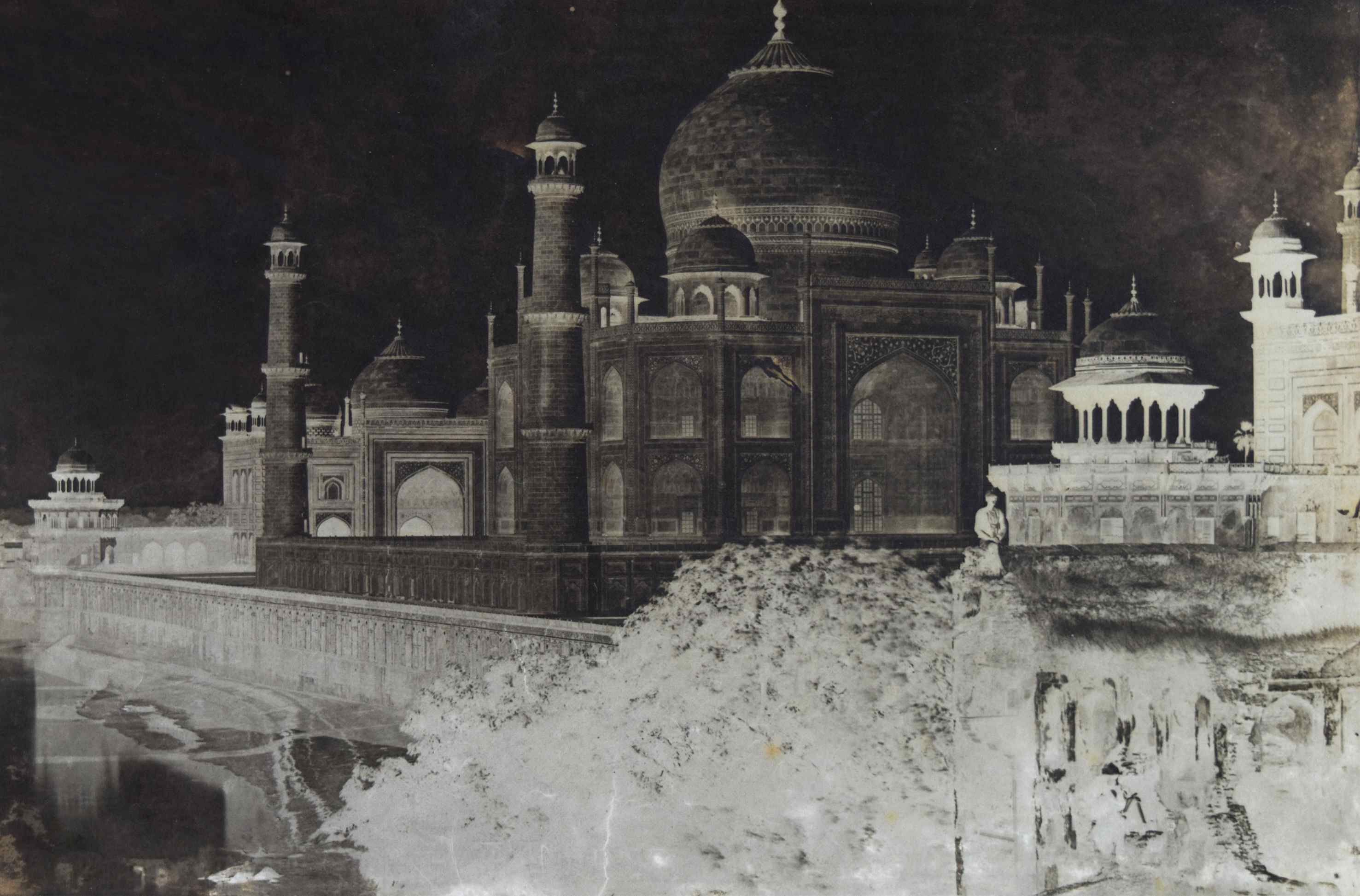
Of course, this shrewdness took nothing away from Bourne’s artistic vision. Having spent the early years of his career in rural Wales and the Peak District, his eye conditioned by the picturesque low hills of the British countryside, he set-off on a trip to Kashmir in 1863, armed with donkeys, assistants and equipment.
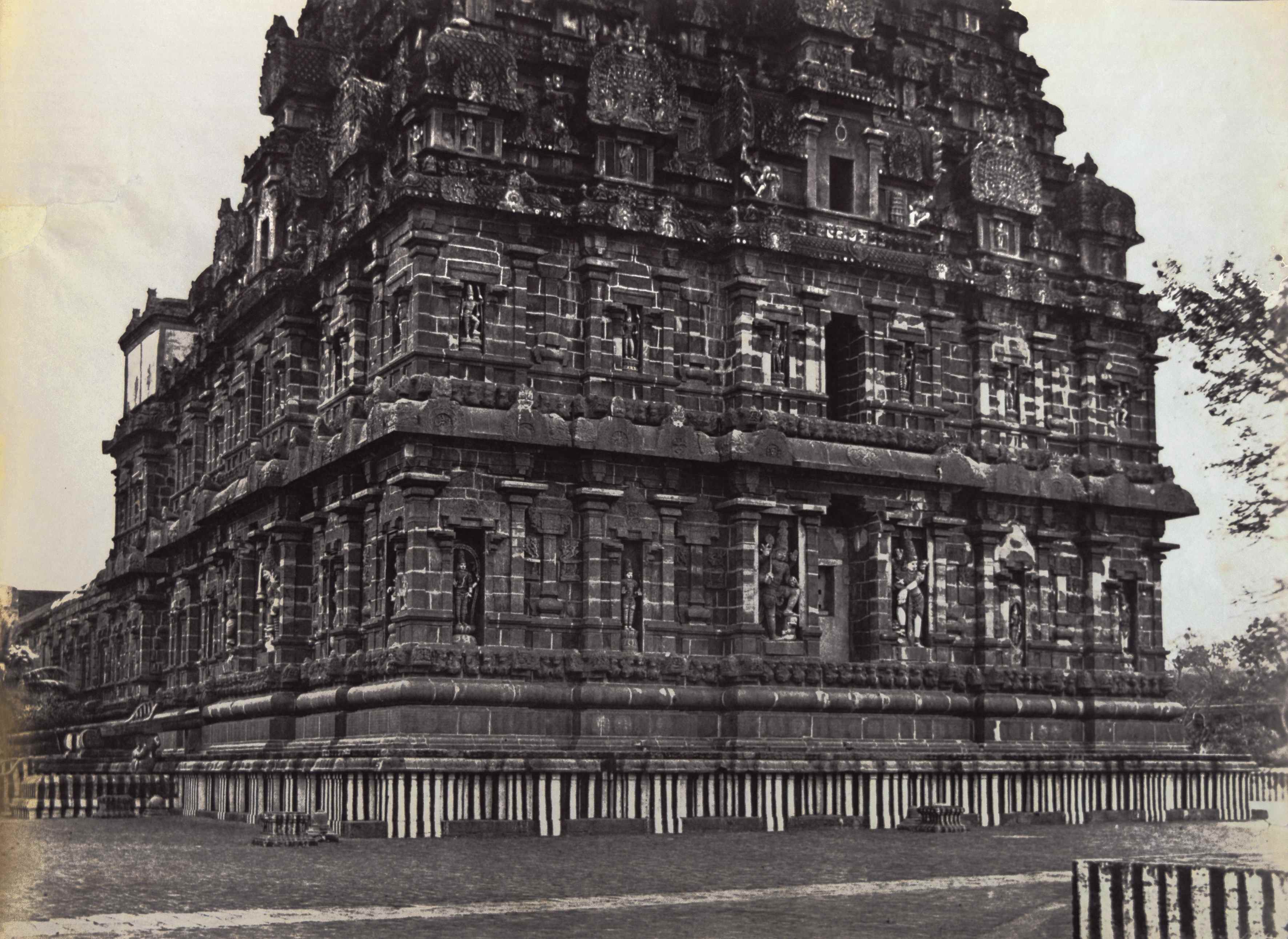
His serene landscape images would have been inspired by British watercolour painters, who had travelled to the very same vantage points decades before, setting the pictorial tone for the rest of 19th-century visual art across the Empire.
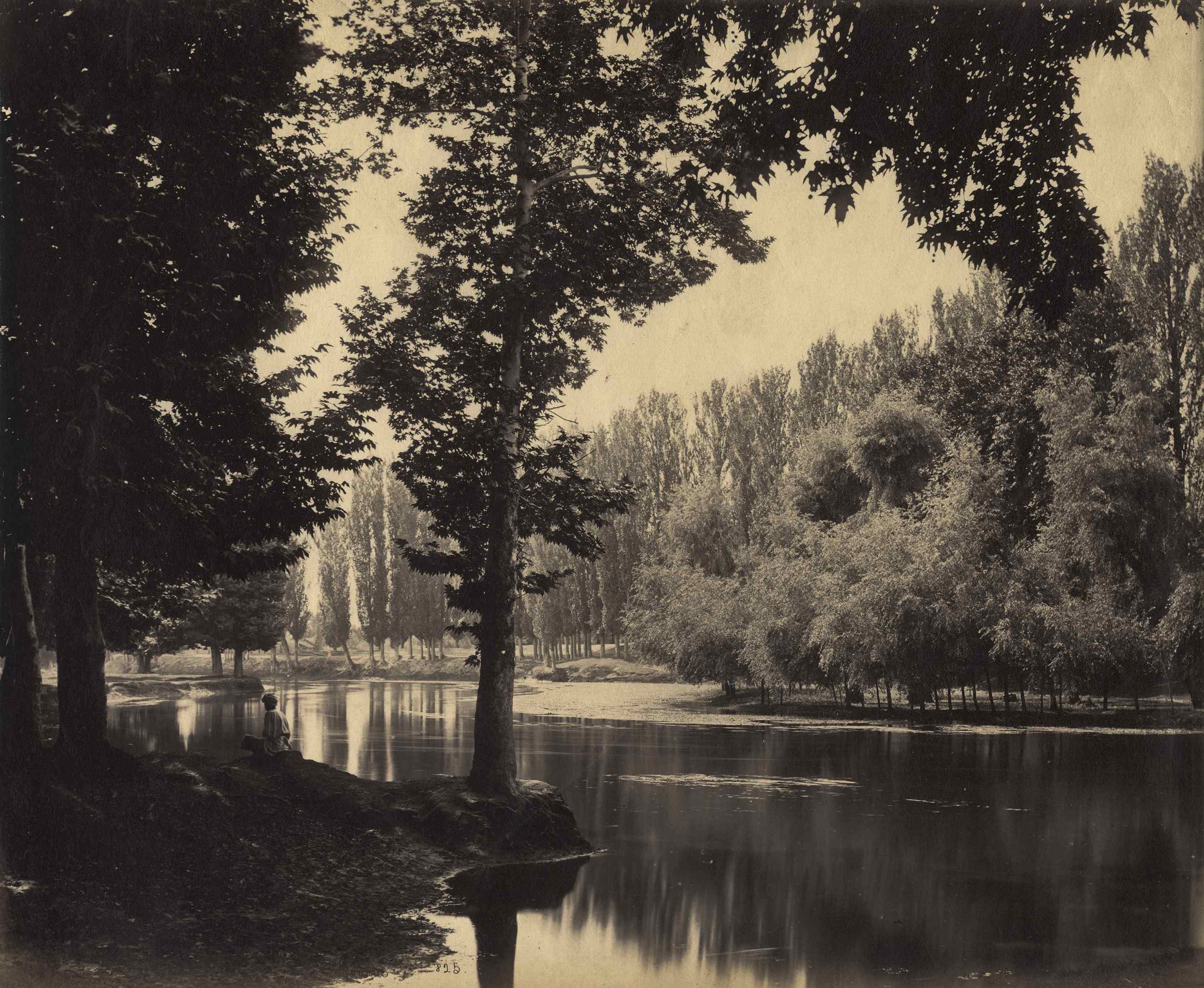
But it is clear from a close viewing of the images, delicately ordered around the two clean rooms of Bubbar’s gallery, that each artist had their own personal relationship with their craft – as well as the sights and people they were so patiently trying to capture.
‘Tripe, Murray, Bourne: Photographic Journeys in India 1855-1870’ is on display until 22nd May 2016, at Prahlad Bubbar’s gallery: 33 Cork Street, Mayfair, London, W1S 3NQ.
